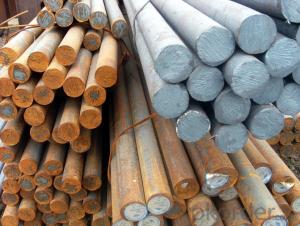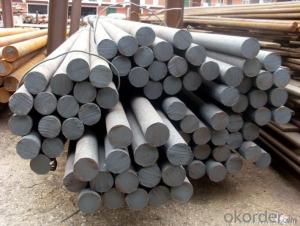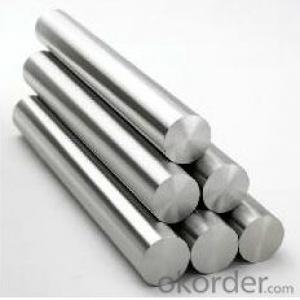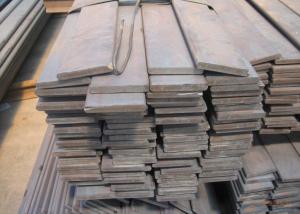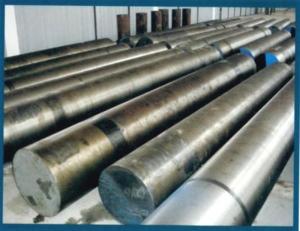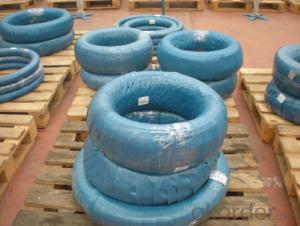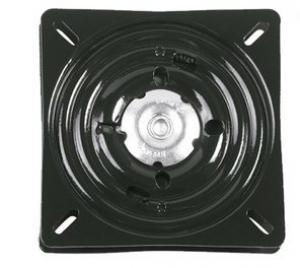C20 AISI1020 S20C S22C 1020 1023 C22 CK22 1.0402 1.1151 Carbon Steel Bar
- Loading Port:
- China main port
- Payment Terms:
- TT OR LC
- Min Order Qty:
- 30 m.t.
- Supply Capability:
- 10000 m.t./month
OKorder Service Pledge
OKorder Financial Service
You Might Also Like
Item specifice
C20 AISI1020 S20C S22C 1020 1023 C22 CK22 1.0402 1.1151 Carbon Steel Bar
Product information:
Grade:C20 AISI1020 S20C S22C 1020 1023 C22 CK22 1.0402 1.1151 carbon steel bar
Hardness:156HB
Tensile strength:410MPA
Yield strength: 245MPA
elogation:25% Reduction of area:55%
AKV(impact value):54J
Product show
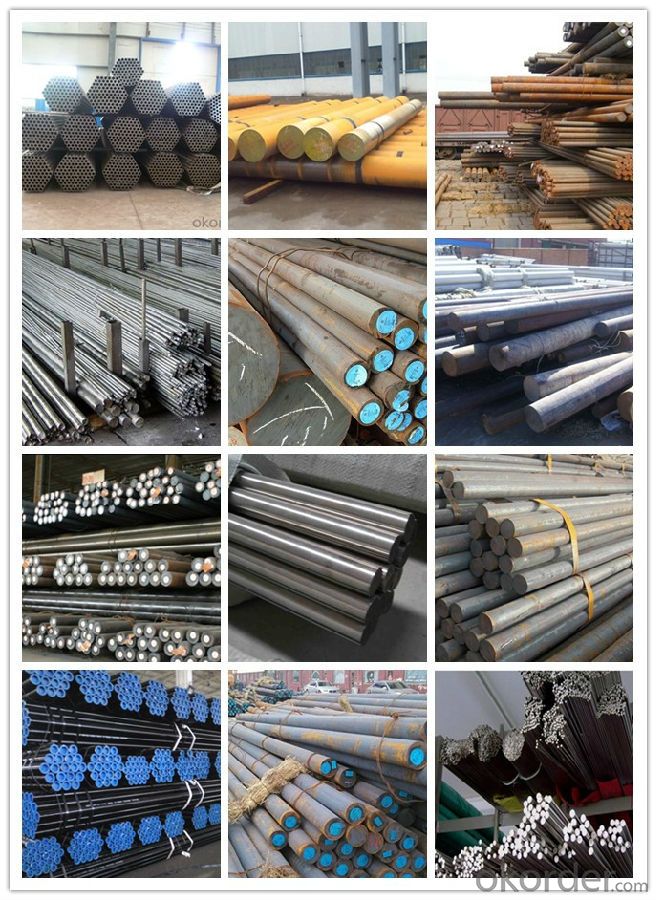
Product detail:
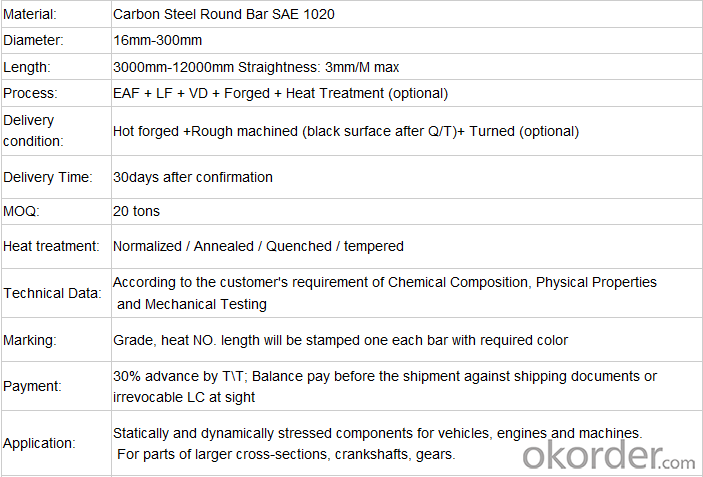
Workshop show
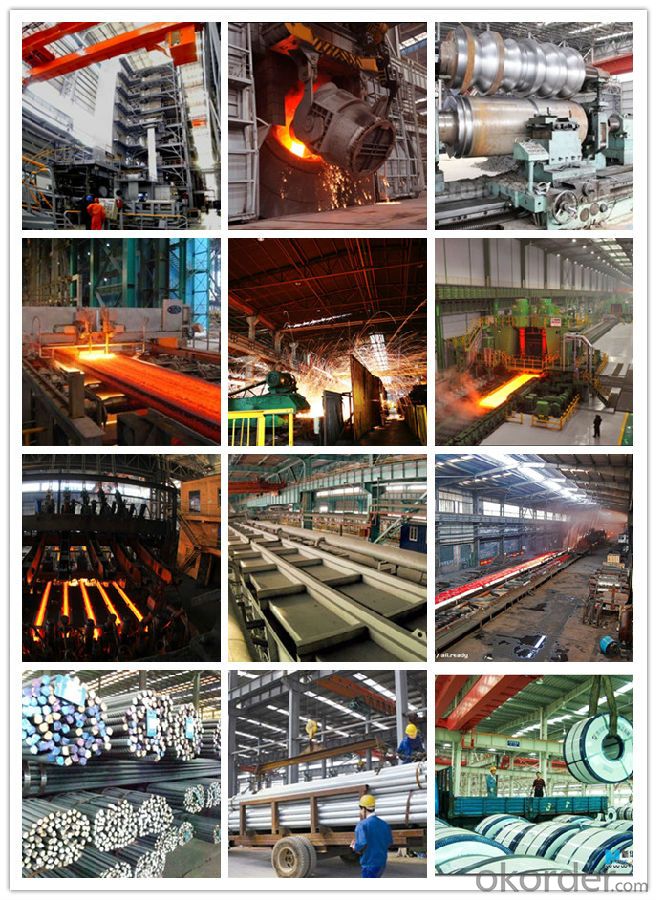
Our service:
-High manufacturing accuracy
-High strength
-Small inertia resistance
-Strong heat dissipation ability
-Good visual effect
-Reasonable price
Chose happens because of quality, then price, We can give you both.Additionally, we can also offer professional products inquiry, products knowledge train(for agents), smooth goods delivery, exellent customer solution proposals.Our service formula: good quality+good price+good service=customer's trust
SGS test is available, customer inspection before shipping is welcome, third party inspection is no problem.
If you need the sample, please feel free to let me know. Any question, we will contact you ASAP!
- Q:What are the main applications of special steel in the telecommunications sector?
- Special steel is commonly used in the telecommunications sector for various applications. One of the main uses of special steel in this industry is for the manufacturing of transmission towers and antenna structures. These steel structures provide the necessary support and stability for telecommunication equipment, ensuring reliable signal transmission. Additionally, special steel is also utilized in the production of cables and wires, which are crucial for transmitting data and electricity in telecommunication networks. The high strength and durability of special steel make it ideal for withstanding the harsh outdoor conditions that telecommunication infrastructure often faces.
- Q:How does special steel perform in cryogenic ductility?
- Special steel performs well in cryogenic ductility. It is able to maintain its flexibility and ability to deform under low temperatures without experiencing brittleness or failure. This makes it suitable for applications in cryogenic environments where materials need to withstand extreme cold temperatures while maintaining their mechanical properties.
- Q:How does special steel compare to other high-performance materials?
- Special steel is known for its exceptional strength, durability, and versatility, which sets it apart from other high-performance materials. Compared to materials like aluminum, titanium, and composites, special steel often exhibits higher tensile strength, making it suitable for applications that require robustness and load-bearing capabilities. Additionally, special steel has excellent resistance to corrosion, heat, and wear, making it ideal for use in harsh environments or high-temperature applications. One advantage of special steel over other high-performance materials is its cost-effectiveness. Compared to materials like titanium, special steel is more affordable, making it a preferred choice for various industries. Moreover, the manufacturing process of special steel allows for customization, enabling the production of a wide range of grades and compositions to suit specific requirements. Special steel also offers excellent machinability and weldability, allowing for easy fabrication and assembly. Its versatility enables it to be used in a wide range of industries, including automotive, aerospace, construction, and energy. From structural components to precision tools, special steel provides a reliable and efficient solution. However, it is important to note that the choice of material depends on the specific application and its requirements. While special steel has numerous advantages, other high-performance materials may be more suitable for certain applications, such as lightweight components or extreme temperature conditions. Therefore, a comprehensive evaluation of the specific needs and characteristics of the application is necessary before determining the most appropriate material.
- Q:What are the factors that can affect the machinability of special steel?
- Special steel's machinability can be impacted by various factors. The composition of the steel is one of the main factors. The presence of specific elements like carbon, chromium, and nickel can significantly influence machinability. For instance, higher carbon content can lead to increased hardness and brittleness, making machining more challenging. Conversely, the addition of elements like sulfur and lead can enhance machinability by promoting chip formation and reducing friction. Machinability is also affected by the heat treatment of the steel. Different heat treatments, such as annealing or quenching, can modify the steel's microstructure, impacting its hardness and toughness. Heat-treated steels may be more difficult to machine due to their increased hardness or the presence of residual stresses. Mechanical properties of special steel, including hardness and tensile strength, also have an impact on machinability. Harder steels require greater cutting force, which can result in increased tool wear or vibration during machining. Similarly, steels with high tensile strength can pose challenges in terms of chip formation and tool life. Furthermore, machinability is influenced by the cutting conditions and machining parameters used. Factors such as cutting speed, feed rate, and depth of cut can have a significant impact on the process. High cutting speeds can lead to elevated temperatures and tool wear, while low cutting speeds may result in poor surface finish. Additionally, the choice of cutting tools, their geometry, and their coatings can also affect the machinability of special steel. Lastly, the presence of impurities or contaminants in the steel, such as non-metallic inclusions or surface defects, can have a negative impact on machinability. These impurities can cause tool wear, poor surface finish, or even tool breakage. Therefore, ensuring the quality and cleanliness of the steel is crucial for achieving good machinability. In conclusion, factors such as composition, heat treatment, mechanical properties, cutting conditions, and the presence of impurities can affect the machinability of special steel. Understanding and optimizing these factors can help improve machinability and enhance the overall performance of special steel during machining operations.
- Q:How is special steel used in the production of turbine blades?
- Special steel is used in the production of turbine blades due to its exceptional properties such as high strength, corrosion resistance, and heat resistance. These blades must withstand extreme conditions, including high temperatures and pressures, as well as rotational forces. Special steel provides the necessary strength and durability to ensure the blades can effectively convert kinetic energy into mechanical power.
- Q:What are the different methods of improving the wear resistance of special steel?
- To improve the wear resistance of special steel, there are various techniques that can be employed. To start, heat treatment methods like quenching and tempering can be utilized. Quenching involves rapidly cooling the steel in a liquid medium, such as oil or water, to enhance its hardness. This process forms a hardened surface layer that can effectively resist wear. On the other hand, tempering involves reheating the quenched steel to a specific temperature and gradually cooling it. This helps reduce the brittleness caused by quenching and improves the steel's toughness, which is crucial for wear resistance. Another approach is through alloying. By adding elements like chromium, manganese, or vanadium to the steel, its wear resistance can be significantly enhanced. These alloying elements form carbides, nitrides, or borides, which increase the hardness and improve the material's ability to resist wear and abrasion. Surface treatment techniques, such as carburizing or nitriding, can also be employed. Carburizing involves heating the steel in a carbon-rich atmosphere, introducing carbon into its surface. This creates a hardened surface layer with a high carbon content, making the steel more wear-resistant. Nitriding, on the other hand, involves diffusing nitrogen into the steel's surface, forming nitrides that increase hardness and wear resistance. Furthermore, the steel surface can be coated using physical vapor deposition (PVD) or chemical vapor deposition (CVD). PVD involves depositing a thin layer of wear-resistant material, like titanium nitride or diamond-like carbon, onto the steel surface using a vacuum process. CVD, on the other hand, involves depositing a wear-resistant coating through chemical reactions at elevated temperatures. These coatings provide an additional layer of protection against wear and friction. Lastly, the grain size of the steel can be controlled through processes like grain refinement or severe plastic deformation. Smaller grain sizes typically result in increased hardness and improved wear resistance. Overall, a combination of these methods can be employed to enhance the wear resistance of special steel, depending on the specific application and desired properties.
- Q:What are the different methods of surface laser cladding for special steel?
- There are several methods of surface laser cladding for special steel, including powder-based laser cladding, wire-based laser cladding, and direct laser cladding. Powder-based laser cladding involves melting a powder material onto the surface of the steel using a laser beam. Wire-based laser cladding uses a wire feed system to deliver the material to be cladded onto the surface, which is then melted by the laser. Direct laser cladding directly melts the material onto the steel surface without the need for additional feed systems, making it a more efficient and precise method.
- Q:What are the cost considerations when using special steel?
- When using special steel, there are several cost considerations that need to be taken into account. Firstly, the cost of the raw materials used to produce special steel can be significantly higher compared to regular steel. Special steel is often made from alloying elements such as chromium, nickel, or molybdenum, which can be more expensive than the iron and carbon used in regular steel production. These alloying elements improve the properties of the steel, making it stronger, more corrosion-resistant, or better suited for specific applications. Additionally, the production process for special steel may involve additional steps or specialized equipment, leading to increased manufacturing costs. This can include steps such as vacuum degassing, controlled cooling, or precision forging, all of which contribute to the quality and performance of the final product but can also add to the overall cost. Furthermore, because special steel is often tailored to meet specific requirements or industry standards, there may be additional testing and certification costs involved. These can include non-destructive testing, material analysis, or third-party inspections to ensure that the steel meets the required specifications. These additional quality control measures can add to the overall cost of using special steel. Finally, the demand and availability of special steel can also impact its cost. If the demand for certain types of special steel is high or the supply is limited, prices may be driven up. This can be particularly relevant for industries that require specialized steel grades, such as aerospace, automotive, or oil and gas. In summary, the cost considerations when using special steel include the higher cost of raw materials, the additional manufacturing steps, the testing and certification requirements, and the overall supply and demand dynamics of the market. However, it is important to note that the benefits and advantages of using special steel, such as improved performance, durability, or specific properties, can often outweigh the higher costs, making it a worthwhile investment for many industries.
- Q:What are the applications of special steel in the automotive supply chain?
- Special steel has various applications in the automotive supply chain. It is commonly used in the manufacturing of critical components such as engine parts, suspension systems, and transmission gears. The high strength, durability, and heat-resistance properties of special steel make it suitable for these applications, ensuring optimal performance and safety in vehicles. Additionally, special steel is also utilized in the production of specialized tools and equipment used in automotive manufacturing processes.
- Q:What are the different methods of hardening special steel?
- There are several methods of hardening special steel, each with its own advantages and applications. 1. Quenching: This is a common method used to harden steel. It involves heating the steel to a critical temperature and then rapidly cooling it by immersing it in a quenching medium such as oil, water, or air. This rapid cooling causes the formation of a martensitic structure, which is harder and more brittle than the original steel. 2. Tempering: After quenching, the steel is often tempered to reduce brittleness and improve toughness. Tempering involves reheating the hardened steel to a specific temperature and holding it at that temperature for a predetermined amount of time. This process helps to reduce internal stresses and improve the overall mechanical properties of the steel. 3. Case hardening: This method is used to increase the hardness of the outer layer of steel while maintaining a tough and ductile core. Case hardening involves introducing carbon or nitrogen into the surface of the steel through processes like carburizing or nitriding. This creates a hard surface layer while maintaining the desired properties in the core. 4. Induction hardening: This technique is commonly used for specific areas of a component that require localized hardening. It involves using an electromagnetic field to heat only a specific region of the steel, followed by rapid quenching. Induction hardening provides precise control over the hardened area while maintaining the desired properties in the rest of the component. 5. Cryogenic treatment: This method involves subjecting the hardened steel to extremely low temperatures, often below -150°C (-238°F). This process helps to further refine the microstructure of the steel, improving its hardness, wear resistance, and dimensional stability. 6. Flame hardening: This method involves heating the surface of the steel using a high-temperature flame and then quenching it. Flame hardening is commonly used for large components or areas that require localized hardening. It is important to choose the appropriate method based on the specific requirements of the steel and the intended application. The selection of the method depends on factors such as the desired hardness, toughness, wear resistance, and dimensional stability of the steel.
1. Manufacturer Overview |
|
|---|---|
| Location | |
| Year Established | |
| Annual Output Value | |
| Main Markets | |
| Company Certifications | |
2. Manufacturer Certificates |
|
|---|---|
| a) Certification Name | |
| Range | |
| Reference | |
| Validity Period | |
3. Manufacturer Capability |
|
|---|---|
| a)Trade Capacity | |
| Nearest Port | |
| Export Percentage | |
| No.of Employees in Trade Department | |
| Language Spoken: | |
| b)Factory Information | |
| Factory Size: | |
| No. of Production Lines | |
| Contract Manufacturing | |
| Product Price Range | |
Send your message to us
C20 AISI1020 S20C S22C 1020 1023 C22 CK22 1.0402 1.1151 Carbon Steel Bar
- Loading Port:
- China main port
- Payment Terms:
- TT OR LC
- Min Order Qty:
- 30 m.t.
- Supply Capability:
- 10000 m.t./month
OKorder Service Pledge
OKorder Financial Service
Similar products
New products
Hot products
Related keywords
